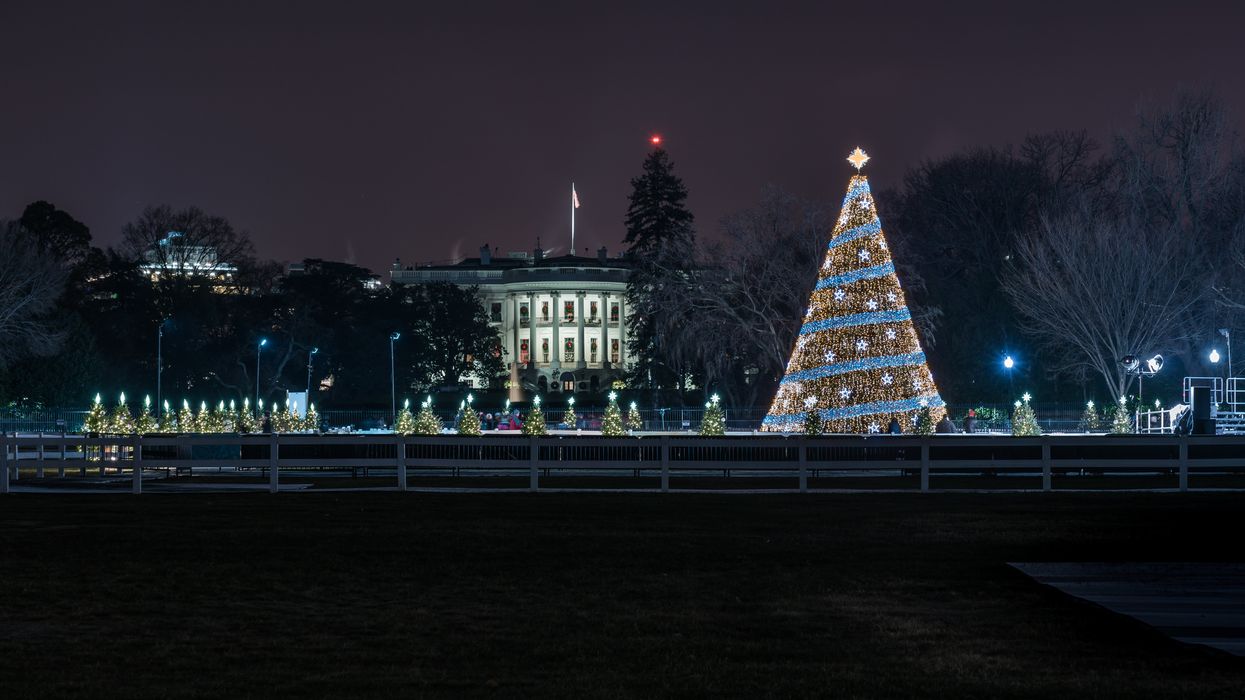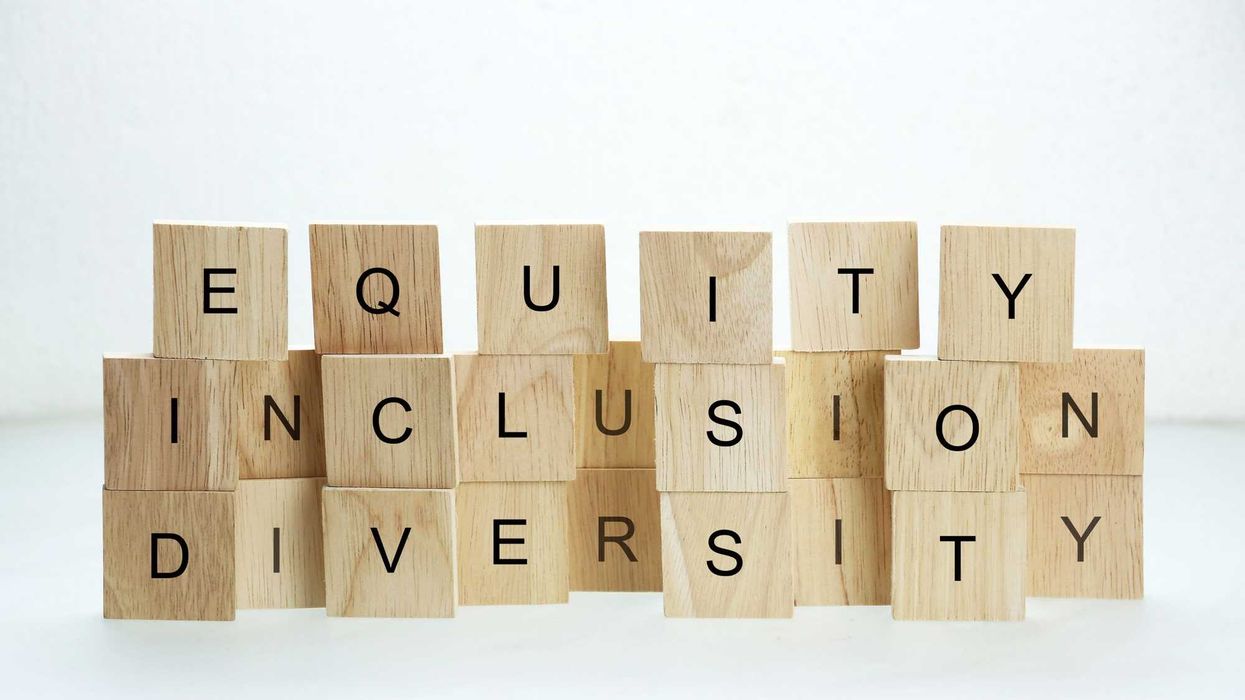This is a season of “peace on earth and goodwill to humankind,” yet experiencing that peace is proving elusive as Americans are more stressed and anxious than ever.
Seventy-seven percent of American adults have experienced significant stress about the future of the country, and 39 percent of Americans are actively worried about politics getting brought up at holiday gatherings. While one-third of Americans felt less stress, two-thirds of Americans felt no improvement or even more stress following the election. Entrusting hope in our current version of politics is proving to not be a recipe for experiencing peace.
Americans seem to want a fast-food version of politics, where we only have to vote and then if a member of our political “tribe” wins, they deliver us solutions to all our needs, hopes and desires. Not surprisingly, this “citizens as consumers” approach is fraught on multiple levels. When we bank on elections, political parties and politicians as our source of peace, then our ability to experience peace evaporates when our party loses. Even if our party wins, our dysfunctional system incentivizes it to prioritize remaining in power over trying to solve the real problems that impact our daily lives. At best, this is a recipe for superficial, fleeting feelings of peace for those whose party takes power and little hope for peace for everyone else.
We need something better.
In Christian tradition, the weeks leading up to Christmas are a time of reflection and celebration of the peace promised through Jesus. What Christians often miss, however, is that Jesus’ offer was “to guide our feet into the way of peace,” not to instantly get rid of all stress and anxiety with minimal effort on our part. Just like the shepherds who had to go search for baby Jesus in the manger, we have to actively seek out peace. Being the “hands and feet of Jesus” also means pursuing peace not just for ourselves but for our neighbors as well.
Ninety-two percent of Americans subscribe to the golden rule, yet that belief system feels alien in American politics. We metaphorically walk by people robbed, beaten and lying in the street, assuming that we did our job by voting for an elected official to take care of them. We have a political system where one party wins and then power over the other party. Even within parties, the voices that scream the loudest or donate the most money control the party agenda to the exclusion of the needs and goals of everyone else. This is not what neighbor love looks like.
A political system grounded in the golden rule centers on struggling together to find commonsense solutions in pursuit of the common good. Since our neighbors also have to participate in the pursuit to experience any resulting peace, this requires partnering with our neighbors, even when we might not particularly like them or may have different party affiliations, religious beliefs, etc. This is not always easy, but in the words of my former seminary classmate, Sam Duran, we can only experience peace “in the struggle.”
Confusingly, engaging in (healthy) conflict — not avoiding conflict — is part of the path for us to experience peace. We have different, reasonable visions of what the common good is and how to best enable it. Being a good neighbor is neither blindly going along with someone else’s position nor refusing to budge from our own. Both options lead to suboptimal outcomes. For those of us who grew up in the Midwest or have served in war zones, confrontation sounds like the worst possible outcome, especially when the alternative is just voting and letting others engage in the conflict. Being a good neighbor, however, is learning how to disagree better and struggling together to identify the best possible solutions for our community.
As a result, golden rule politics expands the role of us everyday citizens. Being a good neighbor still includes picking up that person lying in the street and getting them taken care of, but it also requires bringing the community together to identify and find solutions to the underlying crime problem and then taking steps to fix it. Being a good neighbor also means working to change electoral processes and money in politics to positively incentivize elected officials and government institutions and building the community strength to hold them accountable when they fail to hold up their end of the bargain. This struggling together for peace approach offers us an alternative to today’s us-against-them, winners-take-all, peace-destroying form of politics.
Fortunately, we do not have to be experts in any relevant field to participate in this new form of politics. There are groups of local nonprofit organizations, community leaders and journalists in communities across the country that have the necessary skills and expertise and are ready to provide support. These local civic hubs are equipped to help your community with whatever it needs to struggle together: from offering processes for relationship-building to organizing services projects to creating opportunities to learn how to disagree better. They can also facilitate you and your neighbors coming together to talk through and decide on your community's biggest needs, goals and priorities, and then help you create and carry out a plan for solving those priorities together. You just need to show up and bring whatever time, gifts or treasure you can — and bring your neighbors with.
Complete peace may be unattainable in the current age, but this re-imagined form of politics offers us an avenue for pursuing peace together in ways that are aligned with the meaning of this season. When we struggle together, we can experience peace through living out the golden rule. Peace in realizing that we are not powerless but instead are commissioned to transform systems that do not promote peace. Peace in experiencing that we are better together.
Join us in pursuing peace by connecting with a local civic hub in your community. Contact Better Together America for more information.
Christen is a co-founder of Better Together America, a network accelerating the growth and development of local civic hubs in communities across the country. He also co-founded the Inter-Movement Impact Project and is a lawyer, theologian trained at Duke Divinity School and senior officer in the Navy Reserve JAG Corps. All stated opinions are his own and do not represent the positions of the U.S. Navy.



















